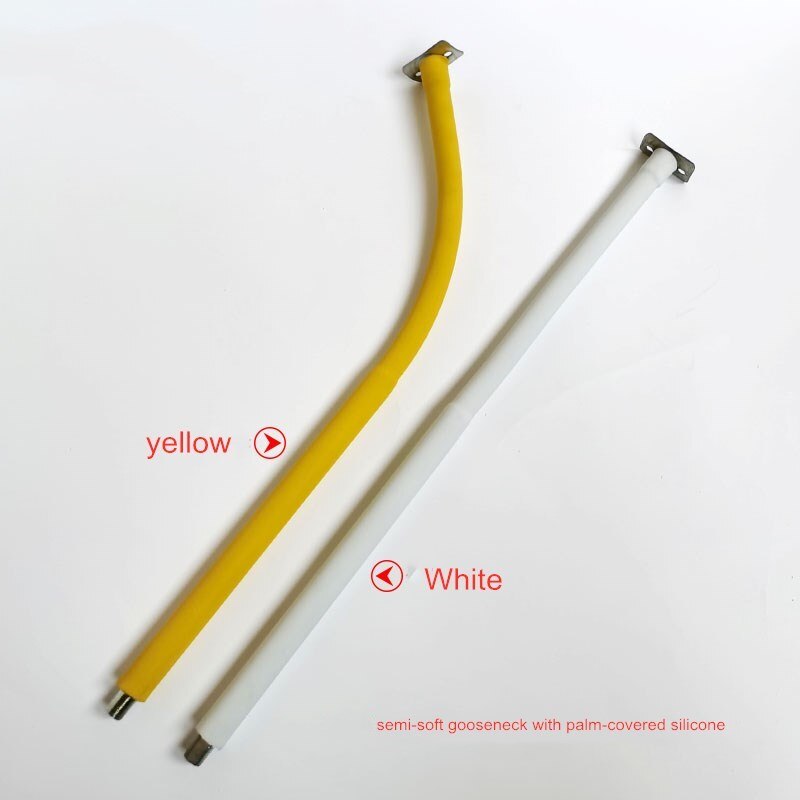
Is it safe to use a twisted hose?
Hoses carry fluids from one point in the engine to another. For example, the upper radiator hose supplies hot water from the engine to the radiator, while the lower radiator hose supplies cooled coolant from the radiator to the engine. Power steering hoses move fluid from the power steering pump to the rack and back. Brake fluid hoses move fluid from the master cylinder to the steel brake lines, which then direct it to the calipers before it returns to the master cylinder again.
In order to do their job properly, the hoses must be loose and free of any obstruction. This obviously includes debris inside the hose, but this also applies to their external condition. For example, if a hose is kinked, then fluid flow through that hose is greatly reduced or even completely blocked.
How the bend interferes with the hose
If your lower radiator hose is kinked, then the cooled coolant cannot return to the engine. This causes the temperature level to rise and can very easily lead to overheating. If the power steering hose is kinked, fluid cannot enter the rack (or return to the pump), which will adversely affect your ability to drive. A kinked rubber brake fluid hose can reduce the pressure in the system, resulting in a reduction in overall braking performance.
If you have a kinked hose, it is not safe to use it. It should be replaced as soon as possible. Typically, kink is caused by using the wrong hose for the job (the most common problem is that the hose is too long for the application, causing kink when it gets stuck in place). The best option here is to make sure you work with a professional mechanic who only uses OEM (original equipment manufacturer) special parts, including replacement hoses.
